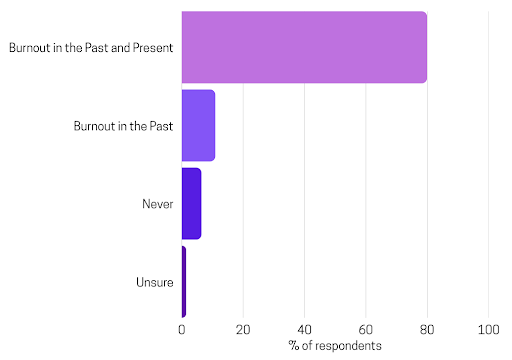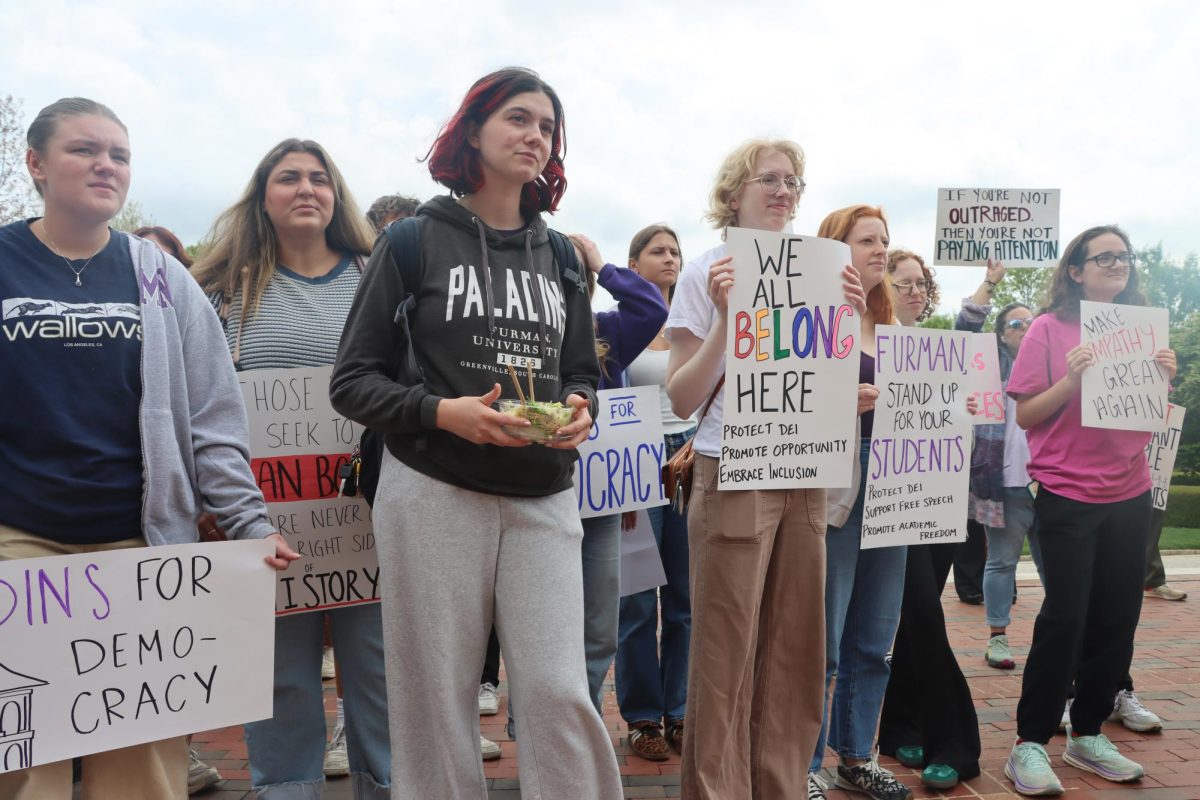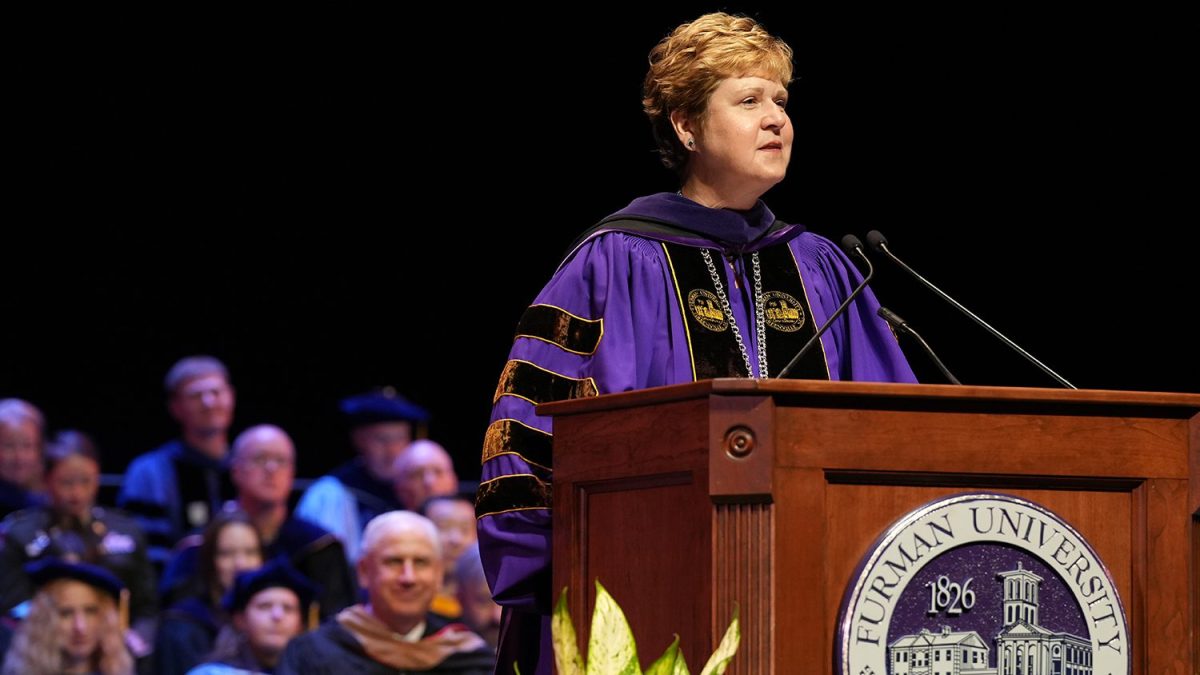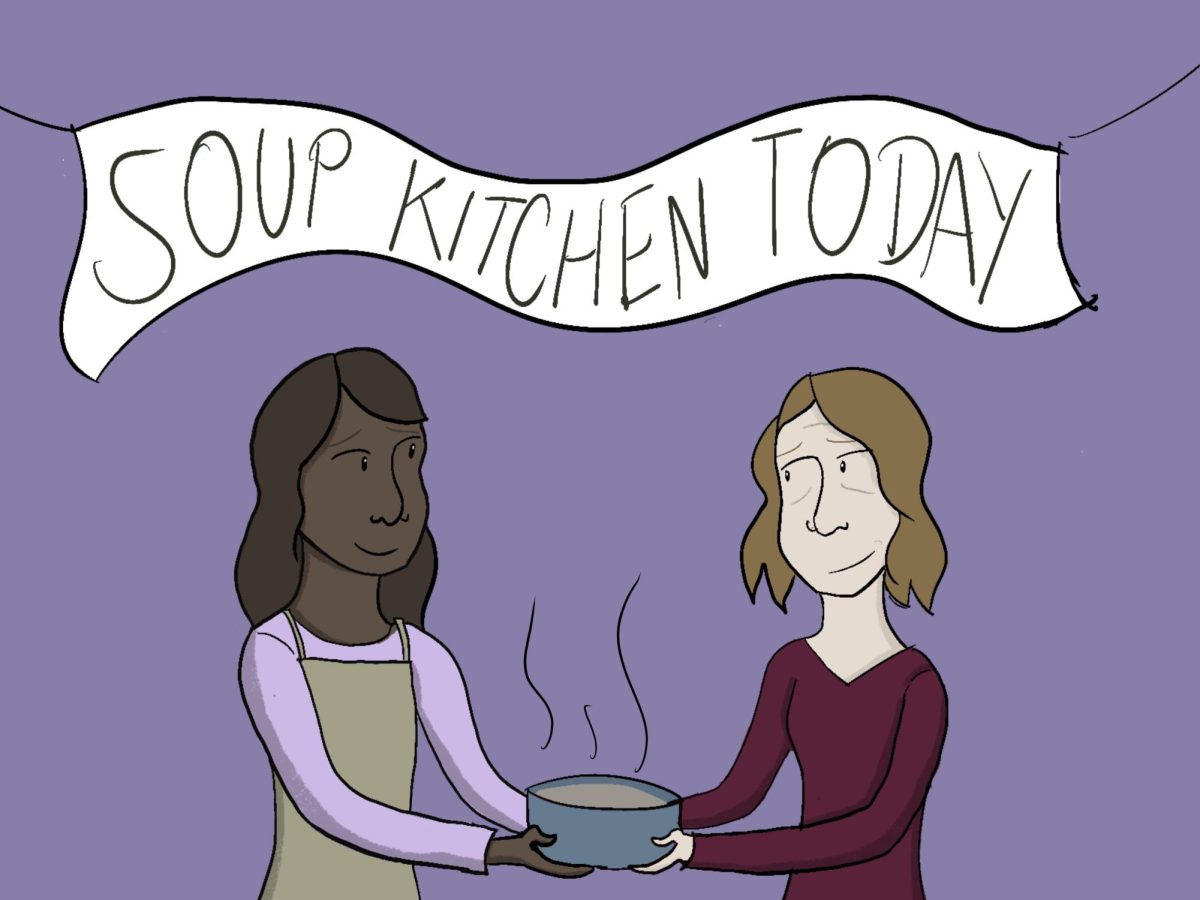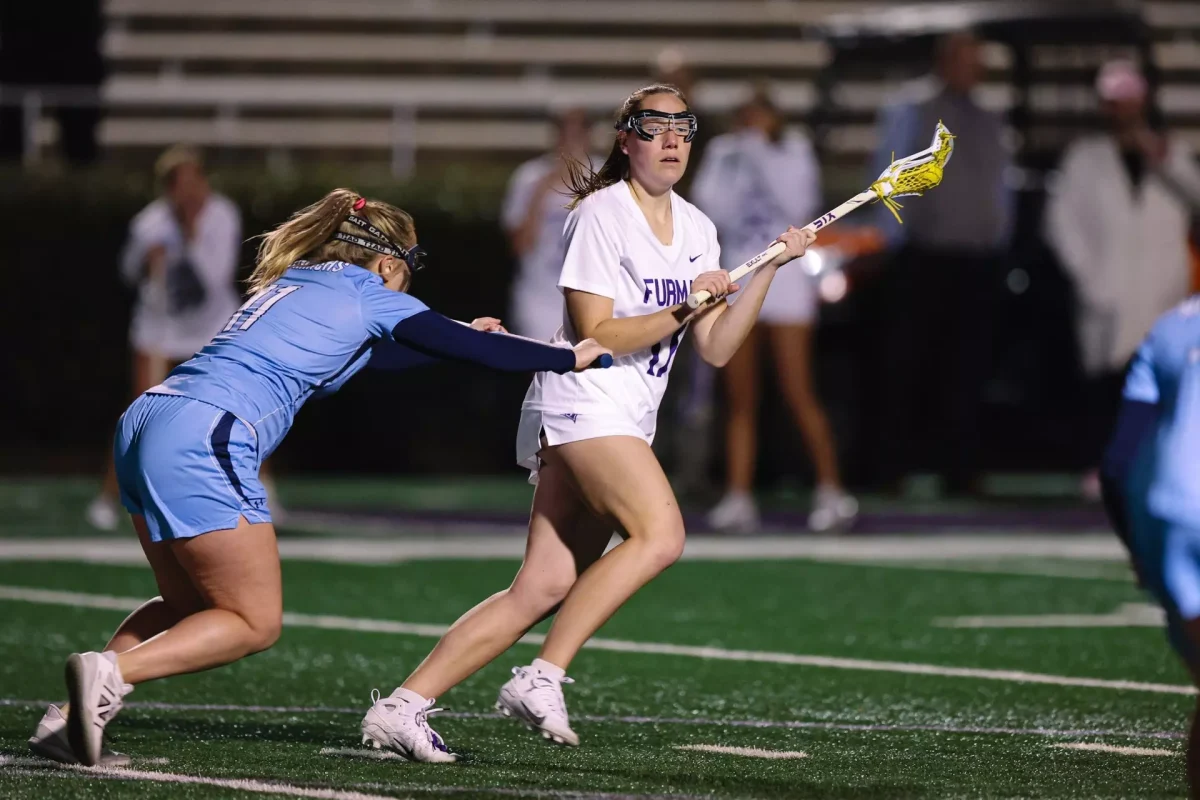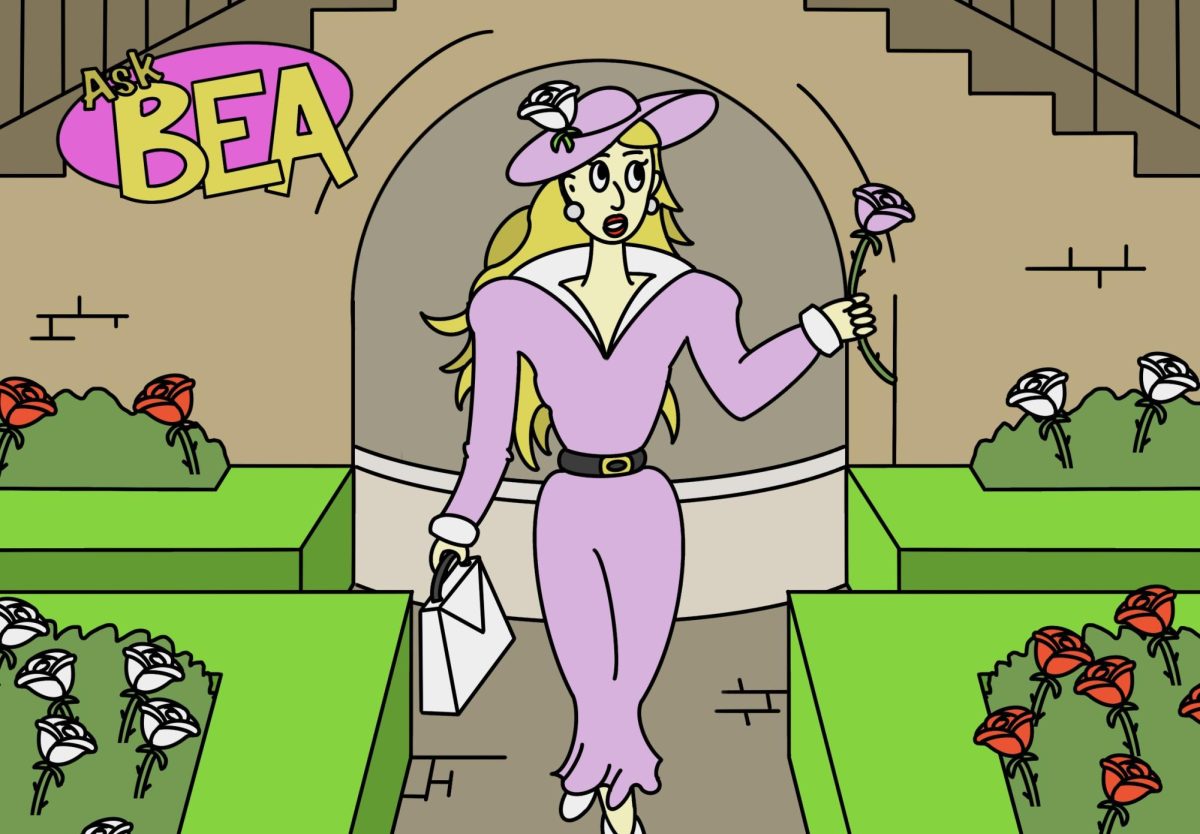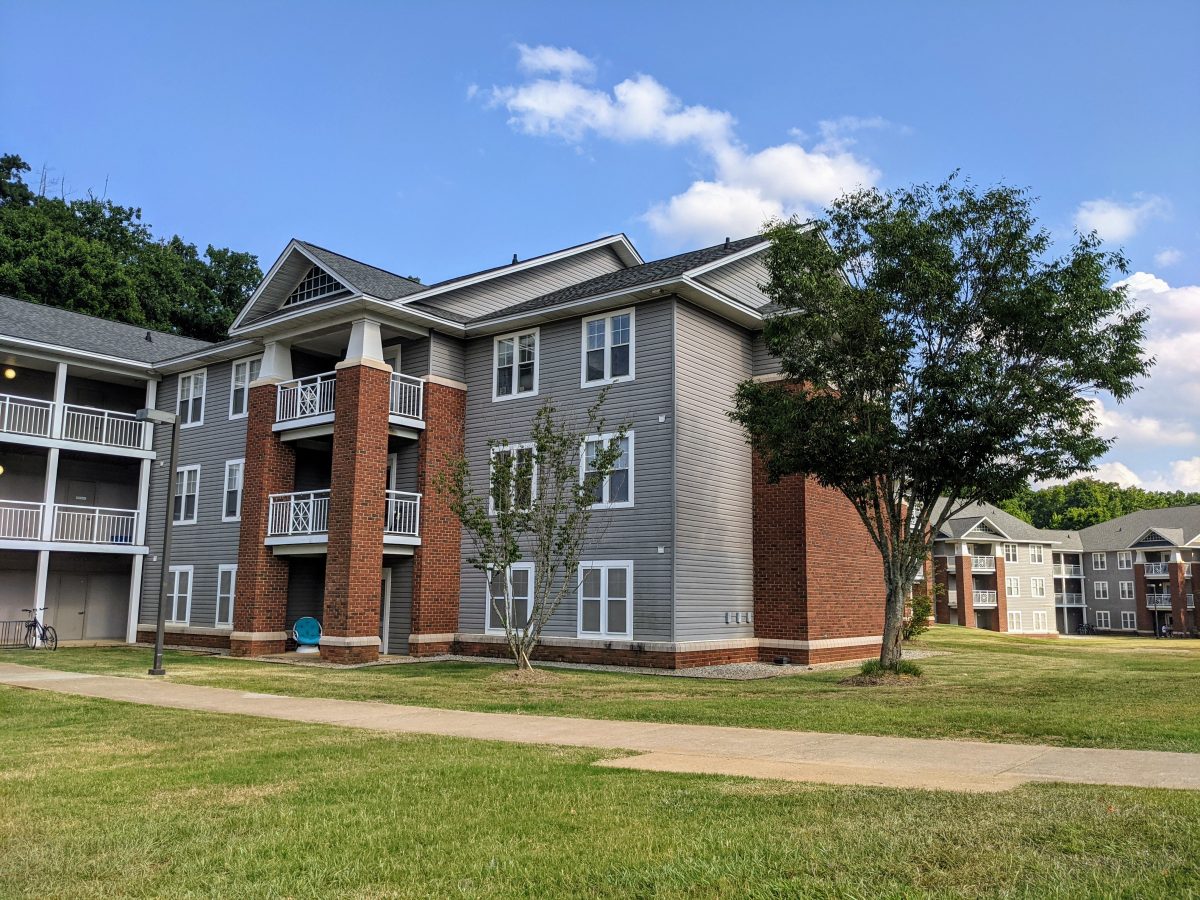In the fall of 2021, Shi Pope ‘23 and her roommates in North Village building J became sick at the beginning of the semester. In October, Pope was admitted to the ICU with anaphylactic shock due to an allergy to penicillin, a strain of mold found in her apartment. One of her roommates, Aiyana Taylor ’23, was also sent to the hospital.
Following their hospitalization, a discovery of mold behind their toilet contributed to their suspicions that their illness could be mold-related. After finding more mold in their air vents, Pope called the RA on duty who confirmed that there was an issue. The RA mentioned to her that he, too, dealt with mold in his apartment.
Pope and Taylor reached out to local news channel WYFF who interviewed them for a story about their experience with mold. According to Pope, this publicity kickstarted the university’s response saying, “it wasn’t until we put Furman’s name on things that we actually started getting the attention and speed to fix things.”
In response to the conditions in the apartment, Matt Riddle, Assistant Director of Housing Operations, contacted Pope and her roommates. According to Pope, Riddle was “really kind,” and informed her that Furman would clean her carpets and vents and provide new vent covers. Additionally, he offered to place Pope and her roommates in a temporary apartment during the cleaning process. However, once they moved back into the apartment after Thanksgiving break, they found mold continuing to grow in the apartment. Mold discovered under the desks had become airborne and was later identified as penicillin in an independent testing report.
At this point, Ron Thompson, Director of Housing & Residence Life reached out to assist Pope and her roommates. Pope considered Thompson to be “nice” and “helpful.” Thompson let them know that they did not have a permanent housing option on campus at that time, so he arranged for them to move into a local hotel for a few nights and subsequently an Airbnb. Pope and her roommates were responsible for locating and booking the Airbnb, and they were reimbursed by the university.
The University took measures to compensate for the property damage and housing displacement that Pope and her roommates experienced due to mold. Pope’s housing cost for the year was covered and the university paid to dry-clean her belongings that were affected by mold.
Furman’s Response to Mold
On Furman’s website page dedicated to mold information, the university acknowledges in the “Mold and Mildew Frequently Asked Questions,” that there is mold in North Village, noting that mold exists “in every other building you normally occupy, including your home.” According to the EPA, “there is no practical way to eliminate all mold and mold spores in the indoor environment.”
While low levels of microbial growth is not a cause for alarm, elevated mold growth inside buildings can affect the health of residents. Those susceptible to allergies or who have a specific mold allergy can experience varying levels of reactions. Individuals with certain conditions such as asthma can also have severe reactions to mold.
According to Jeff Redderson, Associate Vice President of Facilities and Campus Services, between May third of 2021 and May third of 2022, housing and facilities had 1120 North Village work orders. 37 ( or 3.3%) of these work orders were related to perceived mold like substances (MLS). Of these work orders, 19 (1.7%) were found to be mold-related. Some of the MLS maintenance requests were identified to be dirty supply vents. Based on these statistics, Redderson concludes that there is not a widespread mold issue in North Village.
A poll of North Village apartment D, in which 26 residents responded, indicated that 20 residents self-reported that there was visible mold in their apartment and 6 reported that they did not have mold.
Examination of Mold in North Village
During the spring semester of 2022, The Paladin investigated three apartments with evidence of mold in North Village Housing. The Paladin hired a certified local mold inspector through Mold Inspection and Testing to analyze the conditions in the apartments. The inspector’s report incorporated visible analysis as well as swab and air sample testing. An air sample was taken from the bathroom in each apartment tested and was compared to an outdoor control sample.
The first apartment was tested on Apr. 21st and was located on the second floor of apartment building H. Microbial growth was identified on the ceiling near an HVAC register and inside an HVAC duct in a bedroom. There was also visible evidence of microbial growth on the window sills of multiple windows. The inspector located a water leak below the sink that could have contributed to some microbial growth. The area of the air test, the bathroom, also had visible mold on the walls. Humidity levels were within the normal range. The results indicated that there were elevated levels of mold in the apartment.
The next apartment tested was also located in building H. Mold growth was detected above the shower on the bathroom wall. A resident of the apartment had to throw away towels frequently throughout the year because they frequently developed mold growth. She also used a mold resistant shower curtain that she disposed because mold grew on it.
This resident said that she had dealt with allergy symptoms throughout the school year. The inspector noted that in a room in the apartment, the mold on the windowsill could likely be caused by a window crack which could cause water intrusion. Moisture levels were high on the wall under the window. However, the general moisture levels of the apartment were within the typical range. Lab results indicated that the mold spore count was elevated, but lower inside than it was in the outside control sample.
The final apartment tested was in building J. The apartment had a musky smell. The bathroom of this apartment was visibly wet, despite the fact that the resident had showered hours beforehand. The walls were measured at the highest level of humidity on the hygrometer, and the air humidity levels in the bathroom exceeded the recommended levels. There was mold growth on the wall in the bathroom. When the residents of this apartment filed a maintenance request that reported black dots on their vents, the maintenance team filled the request and changed the vents. However, microbial growth was evident in various areas of the apartment such as the living room ceiling. Throughout the year, two of the residents reported feeling sick. One resident suffered from a cough and had trouble falling asleep. The inspector determined that there were not elevated levels of mold in the apartment.
No black mold was found in any apartment tested, including Pope’s apartment. The main strains of mold discovered in each apartment were cladosporium and penicillium. While the inspector suggested remediation measures, he did not consider vacating the premises to be necessary in any of the apartments. The levels of mold were not at hazardous levels in the apartments tested.
The Root Causes of Mold Growth
Redderson names a myriad of causes for the growth of mold. These include the bathroom fan not operating properly, window condensate, ground water leak, and non-bathroom housekeeping issues. The mold inspector identified each of these causes in one or more of the apartments tested.
Bathroom fan malfunction and lack of strength is a main cause of mold growth in North Village. Redderson attributed the microbial growth in Pope’s apartment to excess moisture levels caused by a broken bathroom fan. The fans can become clogged with dust which prevents them from adequately restoring the bathroom to regular levels of humidity. According to Redderson, the fans are checked at least once every year. For future renovations of North Village, there will be upgrades to the fans that will make them larger and more effective. For now, students can leave the fan running after they run the shower to make sure that the bathroom humidity levels decrease.
Student lifestyle can potentially contribute to mold growth. In the apartment tested in J, the mold inspector noted that the resident’s lack of cleanliness could have contributed partly to the microbial growth. However, the inspector did not attribute the entirety of the mold development to the student’s cleaning habits. To prevent mold, steps such as making sure that nothing is blocking the HVAC units and keeping the air conditioning running at suggested levels are necessary.
After the news story discussing Pope and Taylor’s experience with mold broke, Pope said that she began having conversations with other students about their experience with mold. She mentioned that students shared pictures with her of what they thought could be mold in their housing. “We shouldn’t have to deal with [mold],” Pope said in regards to her and other students experience with mold growth in housing, “this place is expensive.”
When Furman students see mold in housing, they are encouraged by the Department of Housing and Residence Life to promptly file a maintenance request.


